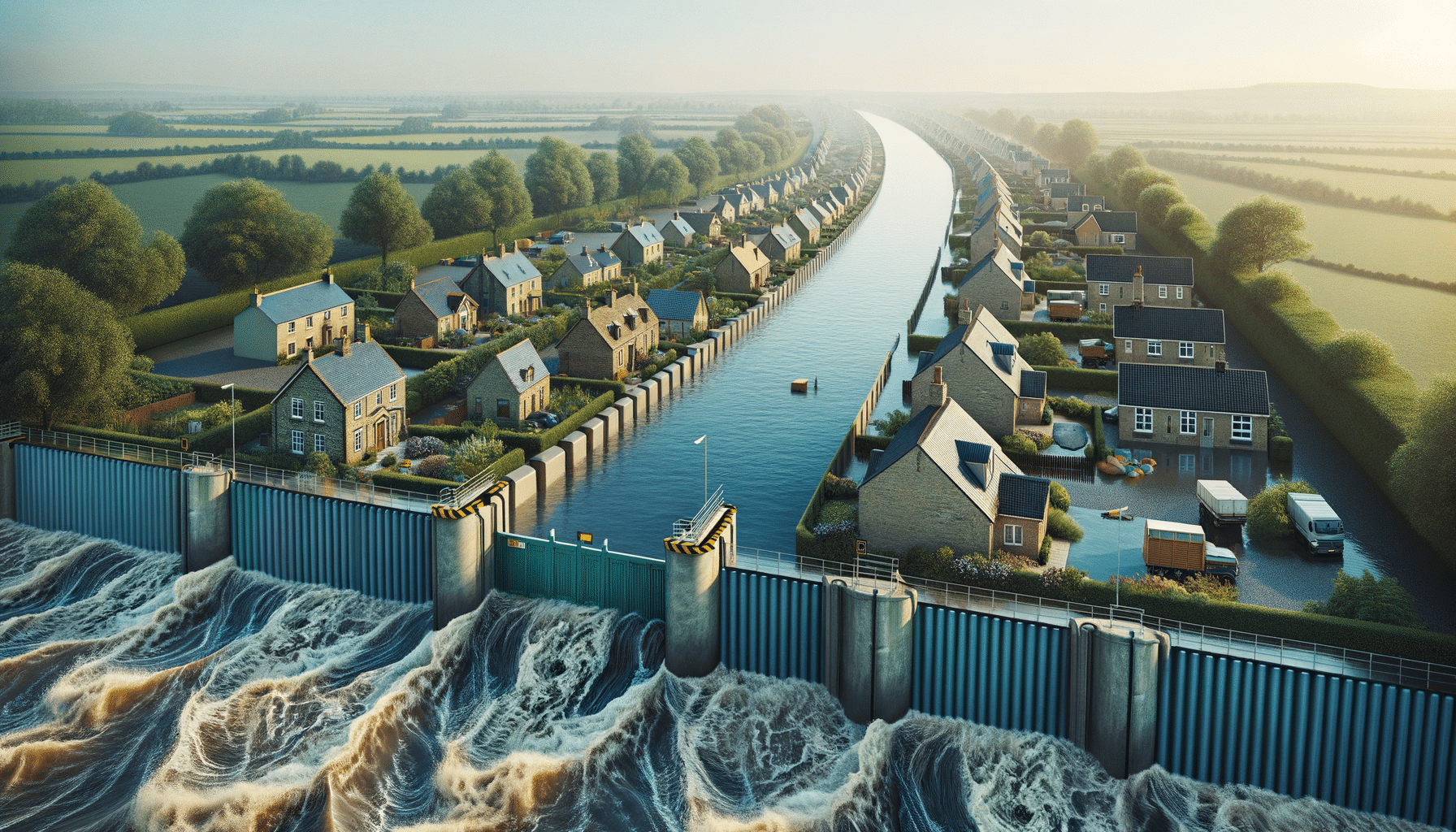
Flood Barriers: Protecting Communities from Rising Waters
Introduction to Flood Barriers
Floods are one of the most common natural disasters, causing significant damage to infrastructure, homes, and the environment. As climate change leads to more frequent and severe weather events, the need for effective flood protection measures becomes increasingly critical. Flood barriers are essential tools in mitigating the impact of floods and protecting communities. These structures are designed to prevent or reduce the flow of water into vulnerable areas, offering a line of defense against rising waters.
Flood barriers come in various forms, from temporary solutions like sandbags to permanent installations such as levees and floodwalls. Each type serves a unique purpose, tailored to specific environmental conditions and community needs. Understanding the different types of flood barriers and their applications can help communities better prepare for and respond to flooding events.
Types of Flood Barriers
Flood barriers can be classified into several categories based on their design and usage. Some of the most common types include:
- Temporary Barriers: These include sandbags and portable floodwalls, which can be quickly deployed in anticipation of a flood event. They are cost-effective and easy to install, making them ideal for emergency situations.
- Permanent Barriers: Structures like levees, dikes, and floodwalls are built to provide long-term protection. They require significant investment and planning but offer reliable defense against frequent flooding.
- Innovative Solutions: Recent advancements have led to the development of inflatable barriers and self-closing flood gates, which offer flexibility and efficiency in flood management.
Each type of barrier has its advantages and limitations, and the choice of which to use often depends on factors such as the severity of expected floods, available resources, and the specific geographic area.
Technological Advancements in Flood Barriers
Technology plays a crucial role in enhancing the effectiveness of flood barriers. Innovations in materials and design have led to the creation of more resilient and adaptable solutions. For example, modern flood barriers may incorporate materials that are both lightweight and durable, allowing for easier transportation and installation.
Moreover, the integration of sensors and monitoring systems enables real-time tracking of water levels and barrier performance. This data can be used to make informed decisions during a flood event, ensuring that barriers are deployed effectively and efficiently. Additionally, predictive modeling and simulation tools help engineers design barriers that are tailored to specific flood scenarios, maximizing their protective capabilities.
Challenges and Considerations in Implementing Flood Barriers
While flood barriers offer significant benefits, their implementation is not without challenges. One of the primary considerations is the cost of construction and maintenance, which can be substantial, especially for permanent structures. Funding and resource allocation are critical factors in determining the feasibility of barrier projects.
Environmental impact is another important consideration. The construction of flood barriers can alter natural water flow and affect local ecosystems. It is essential to balance the need for protection with environmental preservation, ensuring that barrier projects do not cause unintended harm to the surrounding area.
Community involvement and education are also key components of successful flood barrier implementation. Engaging local populations in the planning and maintenance of barriers fosters a sense of ownership and responsibility, leading to more sustainable flood management practices.
Conclusion: The Future of Flood Barriers
As climate change continues to increase the frequency and intensity of flooding events, the importance of effective flood barriers cannot be overstated. These structures play a vital role in safeguarding communities, protecting lives, and minimizing economic losses. Future advancements in technology and materials will likely lead to even more efficient and adaptable flood barrier solutions.
However, it is crucial to approach flood management holistically, considering not only the physical barriers themselves but also the social, economic, and environmental factors that influence their success. By doing so, we can build resilient communities capable of withstanding the challenges posed by rising waters.


